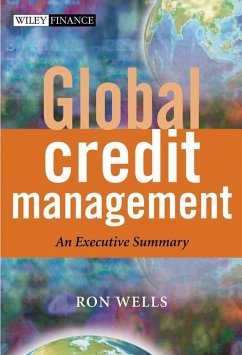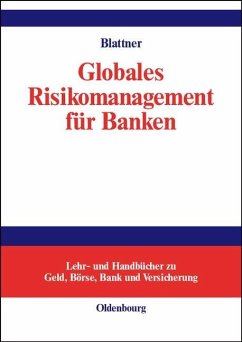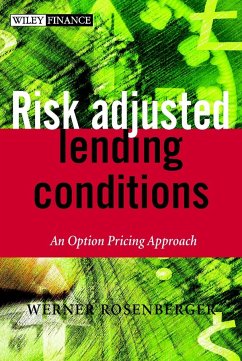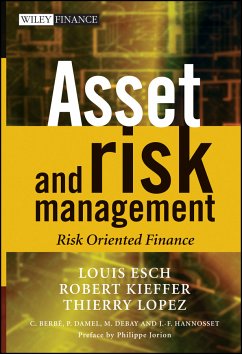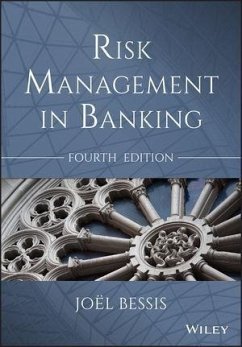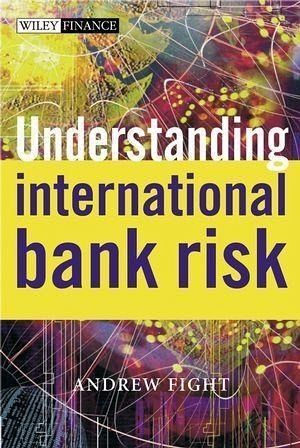
Understanding International Bank Risk (eBook, PDF)
Versandkostenfrei!
Sofort per Download lieferbar
91,99 €
inkl. MwSt.
Weitere Ausgaben:

PAYBACK Punkte
0 °P sammeln!
In an era of globalisation, syndicated lending and consolidation within the banking industry, virtually all industries will have international dealings, whether directly or indirectly, and will therefore be exposed to consequential risks. An understanding of international risk, from that of bank of country failure to the idiosyncrasies of different regulatory frameworks, is essential for the modern banker. This book gives the reader a thorough understanding of how to calculate, analyse and manage such risks.
Dieser Download kann aus rechtlichen Gründen nur mit Rechnungsadresse in D ausgeliefert werden.



